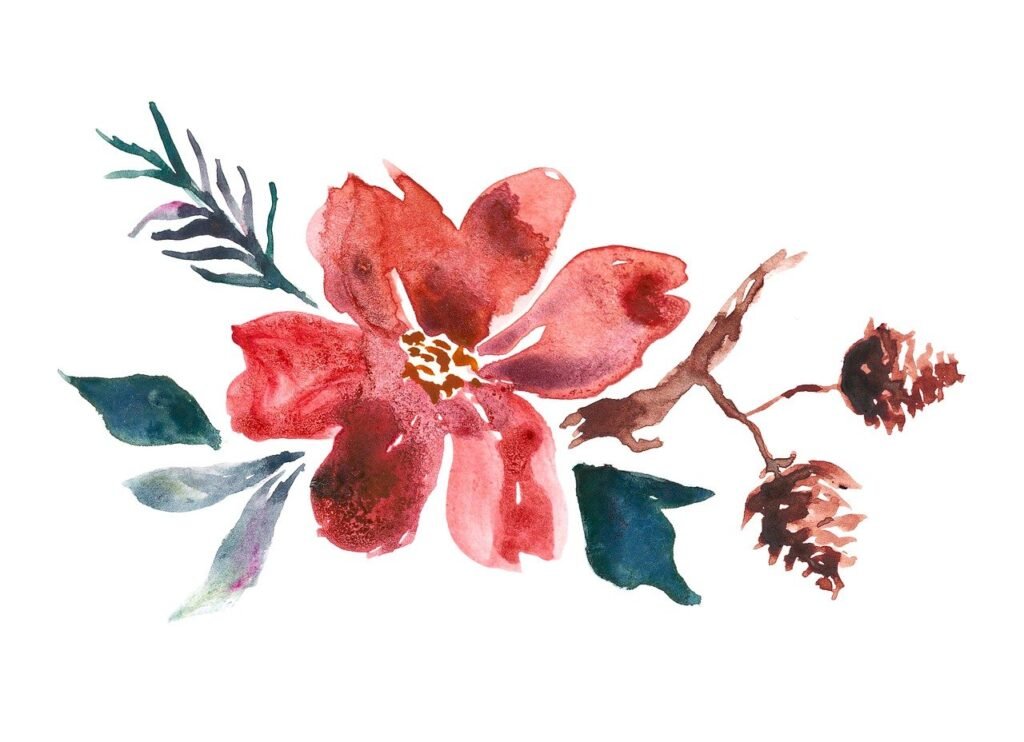Table of Contents
Glass Painting Drawing: Unlocking the Artistic World of Transparency and Color
Introduction

Glass painting drawing, a captivating form of artistic expression, has witnessed a surge in popularity in recent years. This unique medium allows artists to play with transparency, vibrant colors, and light to create stunning visual masterpieces. In this article, we’ll delve into the rich history, various techniques, and the evolving landscape of glass painting drawing.
History of Glass Painting
The origins of glass painting can be traced back centuries, with early examples found in medieval churches. The technique initially focused on creating intricate stained glass windows, showcasing religious scenes and stories. Over time, artists began experimenting with new methods, expanding the possibilities of glass as a canvas.
Types of Glass Painting
Glass painting has evolved into two main categories: traditional stained glass and contemporary techniques. Traditional stained glass maintains its classic charm, while contemporary approaches explore innovative styles, pushing the boundaries of what can be achieved with this medium.
Essential Material
Before diving into the artistic process, it’s crucial to understand the materials required. Choosing the right type of glass, quality paints, and suitable brushes are fundamental to achieving the desired results.
Basic Glass Painting Techniques

For beginners, mastering basic techniques is essential. Outlining and tracing provide the structure for your artwork, while filling and shading add depth and dimension. These foundational skills form the basis for more complex creations.
Advanced Glass Painting Techniques
As artists gain proficiency, they can explore advanced techniques like texture and layering. Special effects and embellishments further elevate the artwork, creating visually stunning pieces that captivate the observer.
Tips for Beginners
Embarking on a glass painting journey can be intimidating, but with the right approach, beginners can navigate the learning curve. Starting with simple designs, consistent practice, and patience are key to developing expertise in this intricate art form.
Glass Painting Safety
Working with glass and paints requires caution. Ensuring proper ventilation and using protective gear, such as gloves and masks, safeguards against potential health hazards associated with the materials.
Glass Painting for Home Decor
The versatility of glass painting extends beyond traditional canvases. Artists can personalize glassware, windows, and other household items, creating unique and functional pieces for home decor. Engaging in DIY projects adds a personal touch to living spaces.
Glass Painting in Contemporary Art
Contemporary artists are increasingly incorporating glass painting into their repertoire. Notable creators are using glass as a medium to push artistic boundaries, resulting in exhibitions and recognition within the art community.
Exploring Glass Painting Styles
Artists can experiment with different styles, from realistic depictions to abstract interpretations. Fusion with other art forms, such as mixed media or sculpture, opens up new avenues for creative exploration.
Glass Painting and Therapy
Beyond its artistic merits, glass painting also offers therapeutic benefits. The meditative process of creating, coupled with the tactile experience of working with glass, contributes to relaxation and stress relief.
Showcasing Glass Painting Creations
The digital age has provided artists with platforms to showcase their creations. Social media and online communities allow glass painters to share their work, connect with fellow enthusiasts, and build a supportive network.
Challenges in Glass Painting
While immensely rewarding, glass painting comes with its challenges. Artists may encounter issues like paint adhesion or creative blocks. Understanding common problems and learning effective troubleshooting techniques is crucial for continuous improvement.
Conclusion
In conclusion, glass painting drawing unveils a world of creativity, transparency, and color. From its historical roots to contemporary applications, this art form continues to captivate artists and enthusiasts alike. Whether exploring it for therapeutic benefits or pushing the boundaries of artistic expression, glass painting remains a dynamic and engaging medium.
FAQs (Frequently Asked Questions)
- Is glass painting suitable for beginners?
- Yes, glass painting is accessible for beginners, and starting with simple designs is recommended.
- What safety precautions should I take when working with glass paints?
- Ensure proper ventilation and use protective gear such as gloves and masks to minimize health risks.
- Can glass painting be done on various surfaces besides glass?
- While glass is the primary surface, artists can experiment with other smooth surfaces like acrylic sheets.
- Are there any famous artists known for their glass painting creations?
- Yes, contemporary artists like [Artist Name] have gained recognition for their exceptional work in glass painting.
- How can I overcome creative blocks in glass painting?
- Experiment with new techniques, seek inspiration from others, and take breaks to refresh your creativity.
